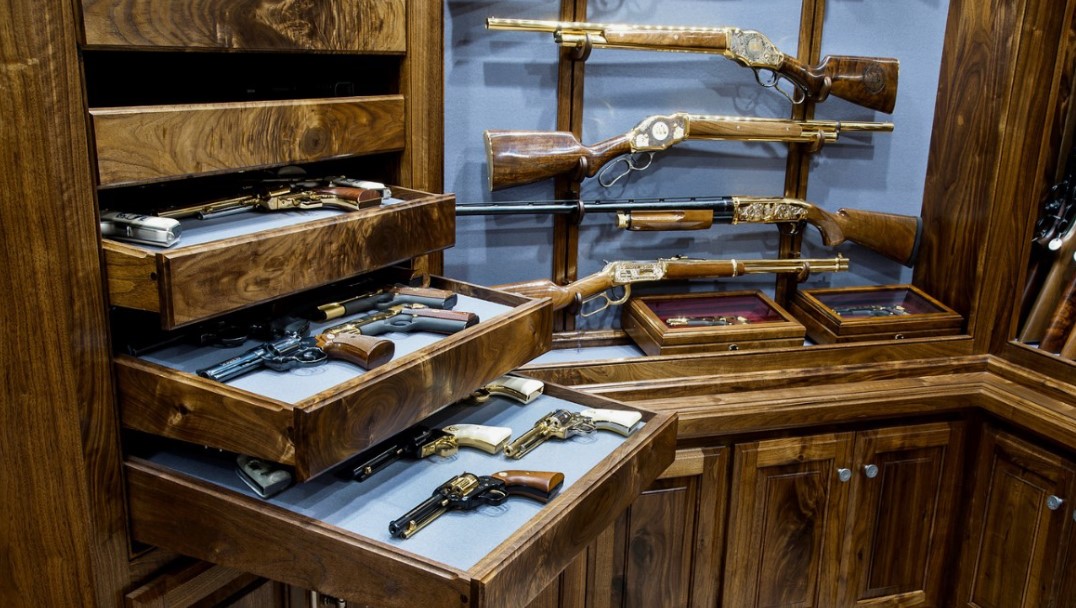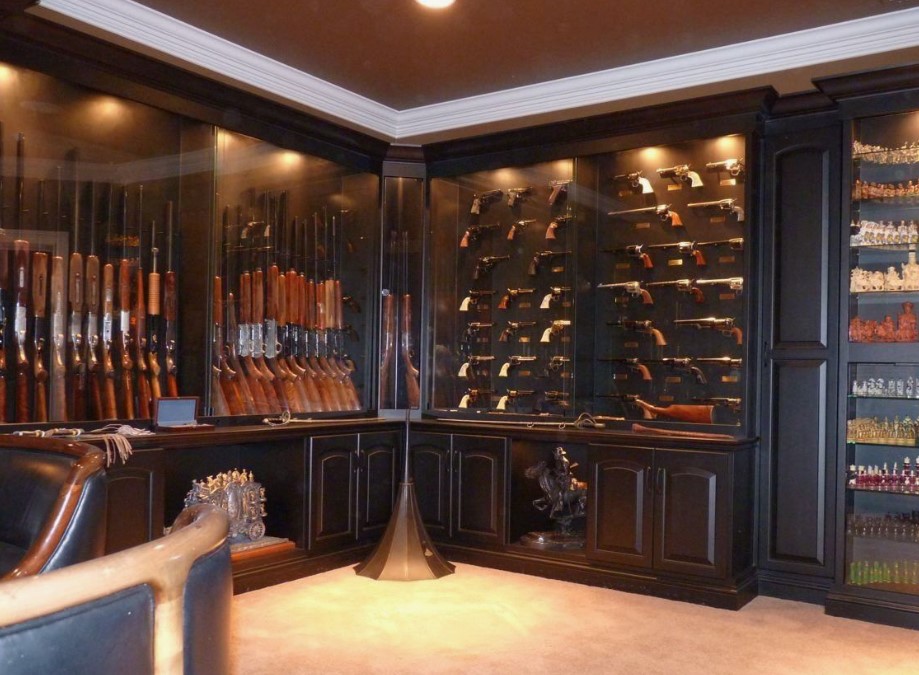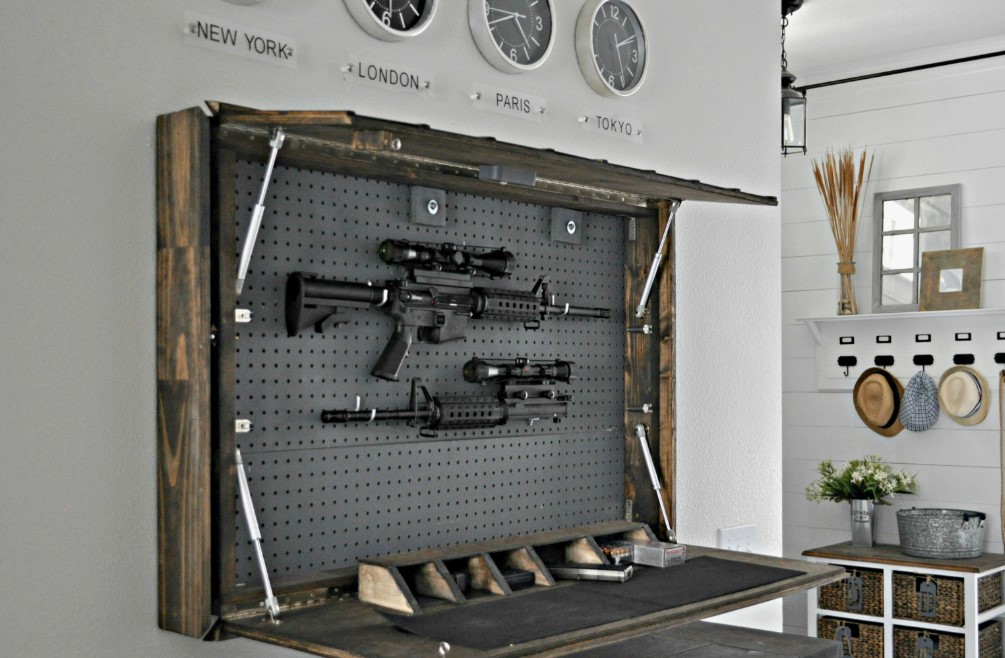A safe room, also known as a shelter room or panic room, is a fortified space within a residence designed to offer protection against various threats, including natural disasters, home invasions, and other emergencies. These rooms provide a secure environment for occupants and their valuables, offering peace of mind in uncertain situations. Safe rooms can be tailored to meet specific needs, from simple storage solutions for valuables to fully equipped security rooms, much like safes for home Dubai, capable of withstanding significant external threats.
The Purpose and Importance of Safe Rooms
Safe rooms serve multiple purposes, primarily focused on protecting both people and property. While not designed to withstand direct impacts from powerful weapons like missiles, safe rooms offer protection from shock waves, shrapnel, and the effects of chemical and biological weapons. They are essential for preserving life, health, and material assets in the face of various emergencies.
In addition to providing physical safety, safe rooms also act as a deterrent to potential intruders. Knowing that a home is equipped with a secure safe room can discourage burglars or attackers from attempting a break-in. Furthermore, these rooms offer a place of refuge during natural disasters, such as hurricanes, tornadoes, or earthquakes, ensuring that occupants have a safe place to stay until the danger has passed.
Safe rooms can be customized to fulfill different roles within a household, leading to the classification of these rooms into three primary types:
1. Value Storage Rooms
Purpose
Value storage rooms are specifically designed for safeguarding high-value items. These items can range from jewelry, precious stones, and cash to valuable art pieces, antique furniture, and important documents. The room’s primary function is to provide secure storage, protecting these items from theft, fire, and other risks.
Features
- Safes and Storage Furniture: These rooms are typically equipped with high-security safes that meet stringent safety standards. Custom-built storage furniture may also be installed to organize and protect specific items like artwork, documents, or collections.
- Environmental Controls: For sensitive items, such as artwork or antique furniture, the room may include climate control systems to maintain optimal temperature and humidity levels.
- Advanced Security Systems: In addition to physical barriers, value storage rooms often include surveillance cameras, motion detectors, and alarm systems that are integrated into the home’s overall security infrastructure.

2. Weapons Storage Rooms (WSR)
Purpose
Weapons storage rooms are designed to safely store firearms, ammunition, and other weapons. These rooms must comply with local, regional, and national regulations governing the secure storage of weapons. The goal is to prevent unauthorized access while ensuring that the weapons are readily accessible to the owner when needed.
Features
Compliance with Legal Standards: WSRs are developed according to the specific legal requirements of the region. This includes the use of certified safes with appropriate burglary resistance and fire resistance ratings.
- Secure Access Control: Access to the WSR is typically controlled through biometric systems, keypad locks, or other advanced locking mechanisms to ensure that only authorized individuals can enter.
- Firearms-Specific Storage Solutions: The room may include specialized storage racks or cabinets for firearms, ammunition safes, and secure compartments for other weapons like knives or crossbows.
- Emergency Response Features: To enhance safety, WSRs might also be equipped with emergency communication systems that allow the owner to alert authorities quickly in case of an emergency.
3. Security Rooms
Purpose
Security rooms, often referred to as panic rooms, are designed to protect occupants during a home invasion, terrorist attack, or other emergencies. These rooms are fortified to resist forced entry, ballistic threats, and fire. They are equipped with life-support systems that allow occupants to remain secure for extended periods if necessary.
Features
- Fortified Construction: Security rooms are built with reinforced walls, floors, and ceilings. Materials such as steel, Kevlar, or bulletproof fiberglass may be used to enhance the room’s resistance to bullets, blasts, and forced entry.
- Advanced Door Systems: The door is a critical component of any security room. It typically features a solid core, multiple deadbolts, and reinforced hinges. Some doors are rated for bullet resistance or fire resistance.
- Life-Support Systems: To ensure occupant safety during extended use, security rooms may include independent ventilation systems, air filters, and autonomous power supplies. These systems help maintain a breathable atmosphere and provide essential services even if the main power supply is cut off.
- Communication and Surveillance: Security rooms often include direct communication lines to law enforcement or emergency services. Video surveillance feeds from outside the room can also be monitored from within, allowing occupants to stay informed about the situation.
- Comfort and Amenities: Depending on the anticipated duration of use, security rooms may be equipped with basic amenities such as seating, water supplies, first aid kits, and even food storage. Some high-end rooms also include entertainment options to help pass the time.
Design and Construction Considerations
When planning and building a safe room, several factors must be considered to ensure that the room meets the desired level of protection and functionality. These factors include location, materials, and the integration of essential systems.
1. Location
The location of the safe room within the home is a crucial consideration. Ideally, the room should be easily accessible from key areas of the house, such as the bedrooms or living room, so that occupants can quickly reach it in an emergency. Common locations for safe rooms include basements, which naturally offer some protection due to their below-ground positioning, or within the core of the home, away from exterior walls.
In homes with multiple stories, it’s important to consider the structural integrity of the floors. Heavily reinforced safe rooms may require additional support if located on upper levels, particularly in houses with lightweight construction.

2. Construction Materials
The choice of materials used in constructing a safe room significantly impacts its protective capabilities. Common materials include:
- Reinforced Concrete: Provides excellent protection against forced entry, bullets, and fire. It’s often used in basement safe rooms or in homes with concrete foundations.
- Steel: Used for walls, doors, and ceilings, steel offers high levels of resistance to physical attacks and ballistic threats. It is often combined with other materials for enhanced protection.
- Kevlar and Bulletproof Fiberglass: These materials are used in high-end safe rooms to provide lightweight yet effective ballistic protection. They are particularly useful in homes where adding significant weight (like concrete) is not feasible.
- Composite Materials: Advanced composites offer a balance between strength and weight, making them ideal for safe rooms in homes with structural limitations.
3. Doors and Locks
The door is often the most vulnerable point of a safe room, making it essential to choose one that meets the highest standards of security. Safe room doors typically feature:
- Solid Core Construction: Provides a strong barrier against forced entry.
- Multi-Point Locking Systems: Distributes the locking force across multiple points, making it much harder to breach.
- Reinforced Hinges and Strike Plates: Essential for resisting attempts to break open the door.
- Bulletproof or Fireproof Ratings: Depending on the level of threat, doors may be designed to resist bullets, fire, or both.
4. Ventilation and Life Support
A secure safe room must maintain a safe and comfortable environment for its occupants. This includes:
- Ventilation Systems: Safe rooms should have a dedicated ventilation system with external air intake to ensure a constant supply of fresh air. Air filters may be included to protect against chemical or biological threats.
- Power Supply: Independent power systems, such as batteries or generators, ensure that the room remains functional even if the main power is cut off.
- Water and Food Supplies: For longer stays, safe rooms may be stocked with emergency rations and water.
- Communication Systems: Direct communication lines to emergency services are critical, allowing occupants to call for help without leaving the safety of the room.
Integrating Safe Rooms in Modern Homes
In today’s world, where security concerns are increasingly prevalent, safe rooms are becoming a standard feature in luxury homes and high-security residences. In regions like Dubai, where high-end residential properties are in demand, integrating a safe room equipped with state-of-the-art safes for home Dubai and beyond adds significant value to the property. These safe rooms are not only a selling point but also an essential feature for residents who prioritize security and peace of mind.
Conclusion
Safe rooms are a critical investment for homeowners looking to protect themselves, their families, and their valuables from various threats. Whether designed for value storage, weapon storage, or as a security refuge, a well-constructed safe room provides unparalleled protection and peace of mind.
The design and construction of a safe room require careful planning and consideration of factors such as location, materials, and the integration of life-support and communication systems. By understanding the different types of safe rooms and their specific features, homeowners can create a secure space that meets their unique needs and ensures their safety in any situation.

Soccer lover, foodie, band member, hand letterer and HTML5 Guru. Operating at the crossroads of beauty and programing to craft an inspiring, compelling and authentic brand narrative. My opinions belong to nobody but myself.
